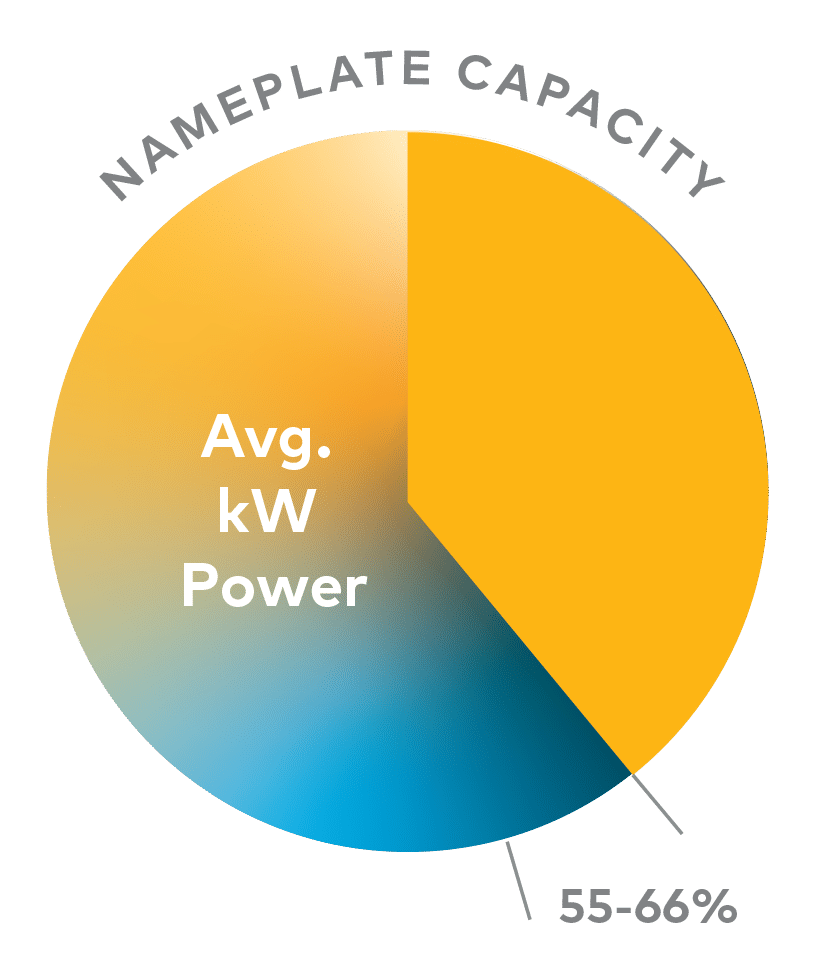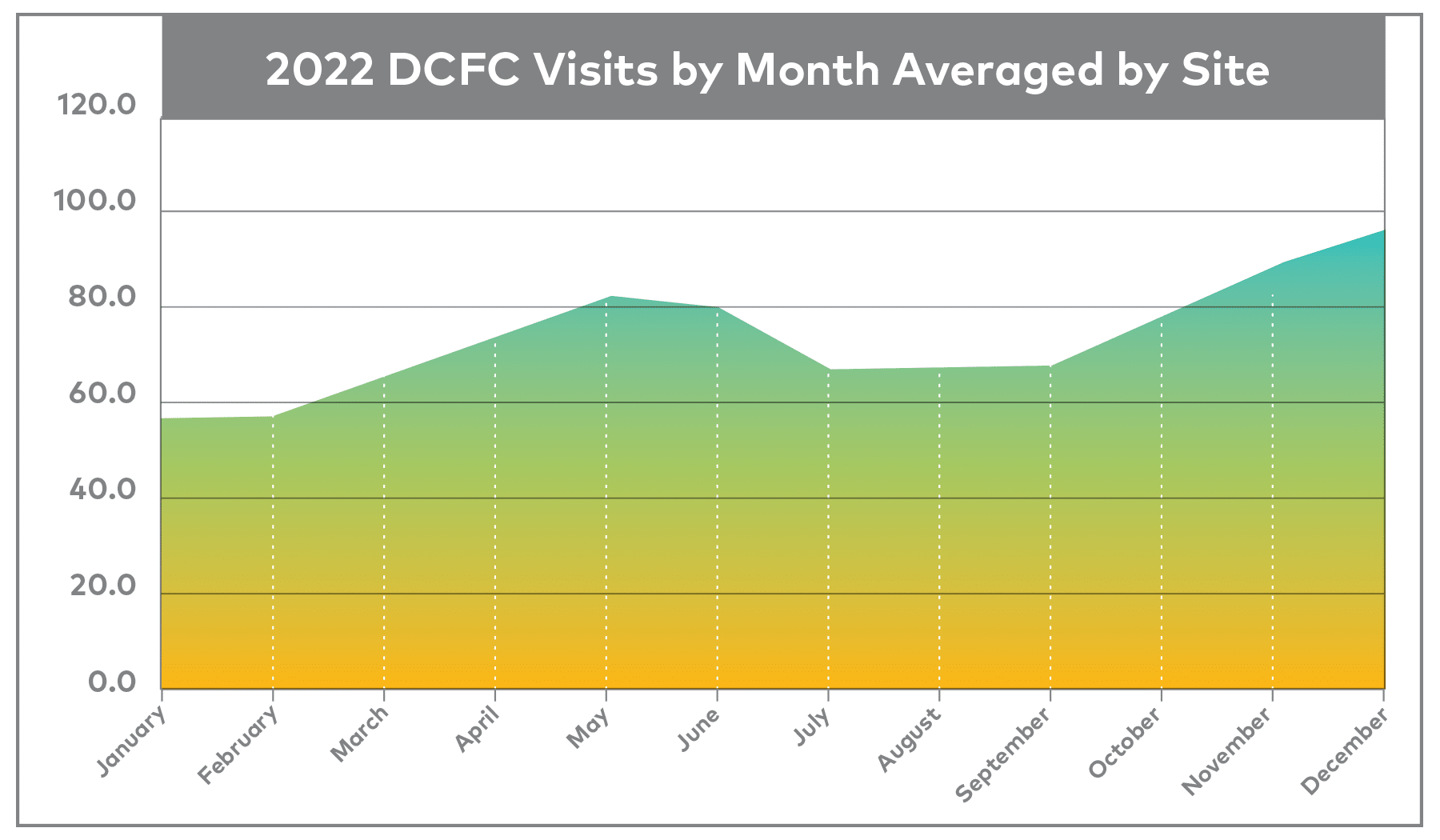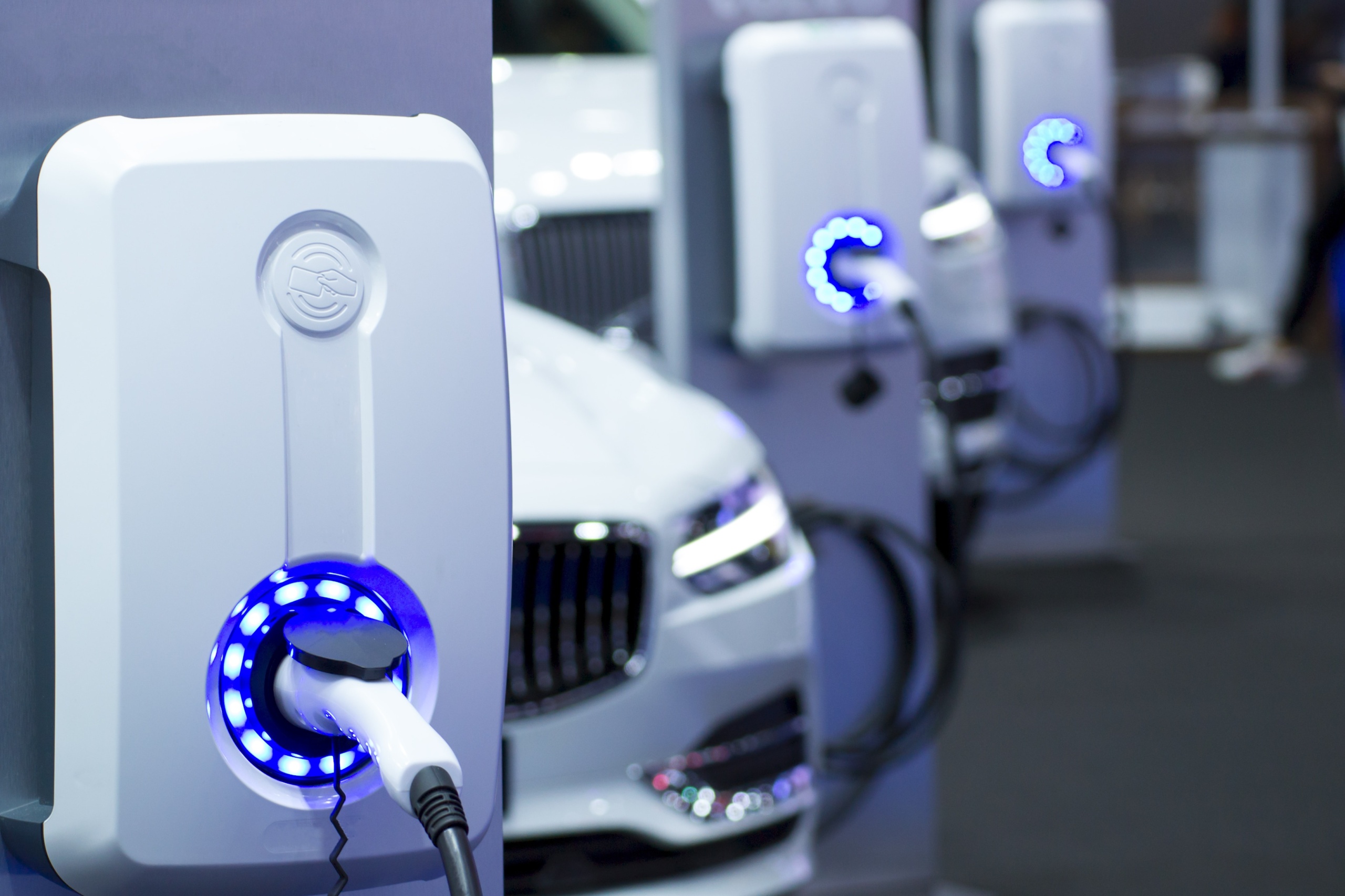Key takeaways:
- There is an opportunity for businesses looking to host (host site) EV infrastructure as charging sites are not keeping pace with EV adoption.
- Utilization growth is a journey. Users need to become aware of your site, amenities are competitive, and reliability is essential.
- Demand charges are a big risk, especially with the current distribution of charging.
2022 saw a dramatic increase in the sale of Electric Vehicles (EVs) with a 65% year-over-year growth rate, selling 800,000 EVs compared to 480,000 in 2021(1). However, according to the Alternative Fuels Data Center (afdc.gov), the installations of Direct Current Fast Charger Stations (DCFC) only grew 11% year-over-year to 6,750 from 6,100. In this article, we will explore collected data from 3Degrees’ partners and how charging host sites can utilize these findings to implement in their own operations.
 EV charging networks are rapidly partnering with a variety of host companies to install new DCFC charging stations across the country. These stations can range in power and supply from 50kW to 350kW each, and individual charging times depend on numerous factors, including the power of the charger, the size of the EV battery, and the charging curve of the specific vehicle. According to our own data across sites in 4 states, with more than 10,000 charging sessions, the average charging time is approximately 30 minutes and delivers 20kWh.
EV charging networks are rapidly partnering with a variety of host companies to install new DCFC charging stations across the country. These stations can range in power and supply from 50kW to 350kW each, and individual charging times depend on numerous factors, including the power of the charger, the size of the EV battery, and the charging curve of the specific vehicle. According to our own data across sites in 4 states, with more than 10,000 charging sessions, the average charging time is approximately 30 minutes and delivers 20kWh.
While the EV industry sales grow at a pace that exceeds expert analysts, the business case for an individual DCFC site is still very uncertain and heavily reliant on incentives.
Key findings that host sites should be aware of:
- Growth rates for site visits increased dramatically after installation, with a 130% year-over-year growth spike from when the units were first installed.
- Afternoon peak demand charges, kW-denominated costs based on the highest 15-minute interval, are a real risk to the business case.
- Scarcity is not a choice. Eventually, sites will have to compete for charging visits and users will prioritize a higher number of chargers, reliability, and amenities.

A great example of a mutually beneficial relationship between an EV charger network and a site host is that of ChargeNet & Taco Bell. In California, EV fast-charging station developer, ChargeNet, is installing solar, battery storage, and DCFC in many Taco Bell locations. The partnership supports both businesses, with ChargeNet benefiting from the installation of their DCFCs at an established brand with amenities such as food, restrooms, and a continuous stream of potential clientele, while TacoBell benefits by using the DCFC to draw EV customers that could convert to a sale. According to our data, each charging site draws approximately 100 customers a month, however, it is unknown how many of those are supplemental customers.

As illustrated above, peak charging times are typically between the hours of 12-6 PM, which is when electricity is expensive due to evening energy peaks. Demand charges are base fees an energy user pays for their highest 15-minute kW usage. Host sites should expect to encounter the highest demand charges and work to incentivize charging off-peak to increase overall utilization. (2)
Still, the biggest driver of charging is, quite obviously, the need to charge. Local charging demand will occur outside of travel corridors as EV adoption among drivers without access to home charging increases. In these markets, time is less of a priority if the visits coincide with regular activities like work, shopping, or a quick lunch. These charging stations are going to be the bedrock of an EV community, and since the average shopper spends between 60-70 hours a year at supermarkets(3), we see this as a huge business opportunity for this segment. Great examples of existing DCFC at retail locations include Fred Meyers’ fueling stations in Oregon or 7-11’s 7Charge network in California, Colorado, Florida, and Texas. These sites could be a natural location for weekly charging at slower speeds (50kW) and take market share away from home charging if the service is priced reasonably.
In conclusion, hosts who are considering adding DCFC to their location should be aware that this business opportunity exists, but also understand that while utilization is currently growing, there are still several risks to consider prior to exploring any implementation.
Three questions to ask are:
- Do I have a good site for EV charging?
- How do I want to participate in this business?
- What incentives exist to de-risk this opportunity?
While our data is not yet conclusive, the excitement around the opening of Tesla’s proprietary Supercharger network suggests that there is a first-mover advantage. We speculate that sites that enter a market or region first will have significantly higher ramp rates, retain clientele, and effectively become the default choice compared to chargers that enter the market later.
How we help
Think you’ve got a good site for an EV charging network? 3Degrees can help! We understand that taking the first steps into EV charging can seem overwhelming, which is why we are proud to partner with EV networks and site hosts nationwide to help alleviate some of the complications. Working closely with our team of transportation and energy experts, we will help you understand the potential value, evaluate potential charging requirements and state and Federal incentives, and determine future next steps.
Contact us today to speak to learn more about getting started as an EV charging site host.


